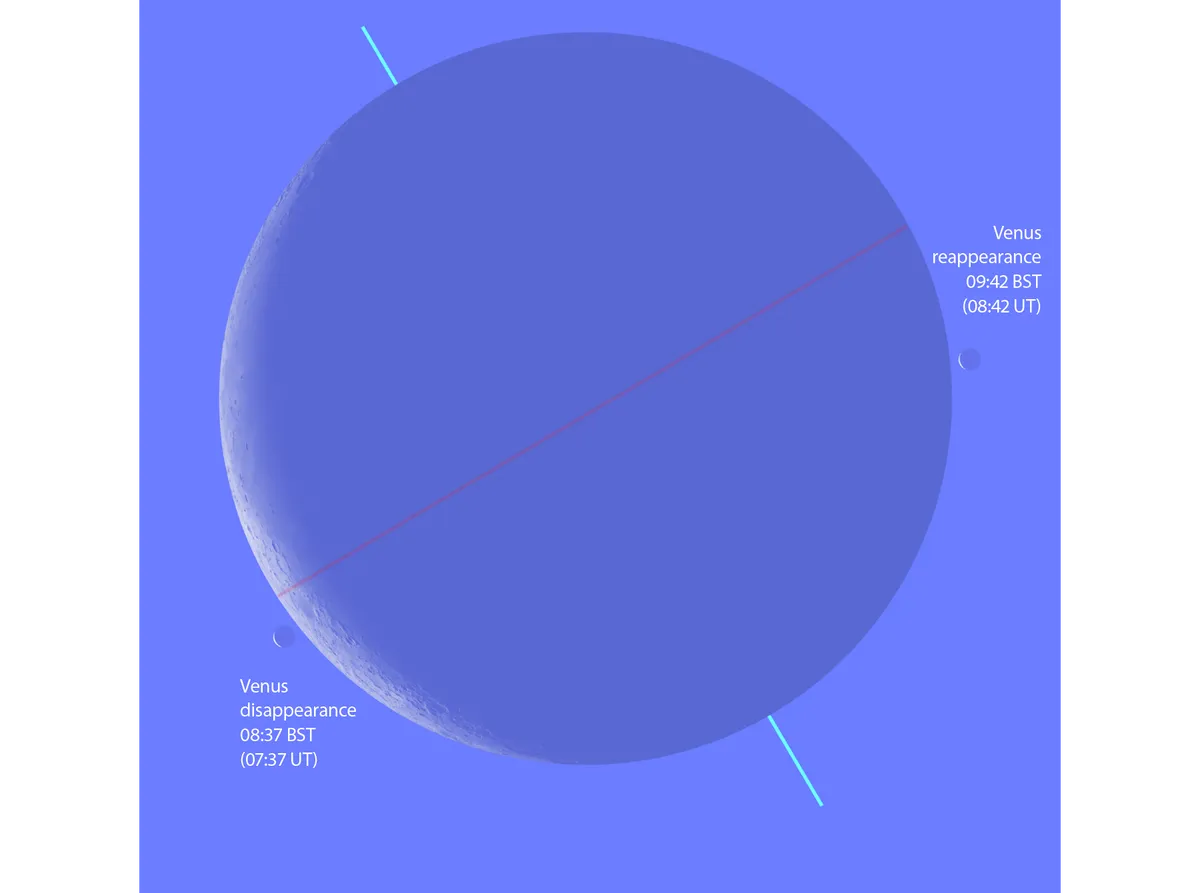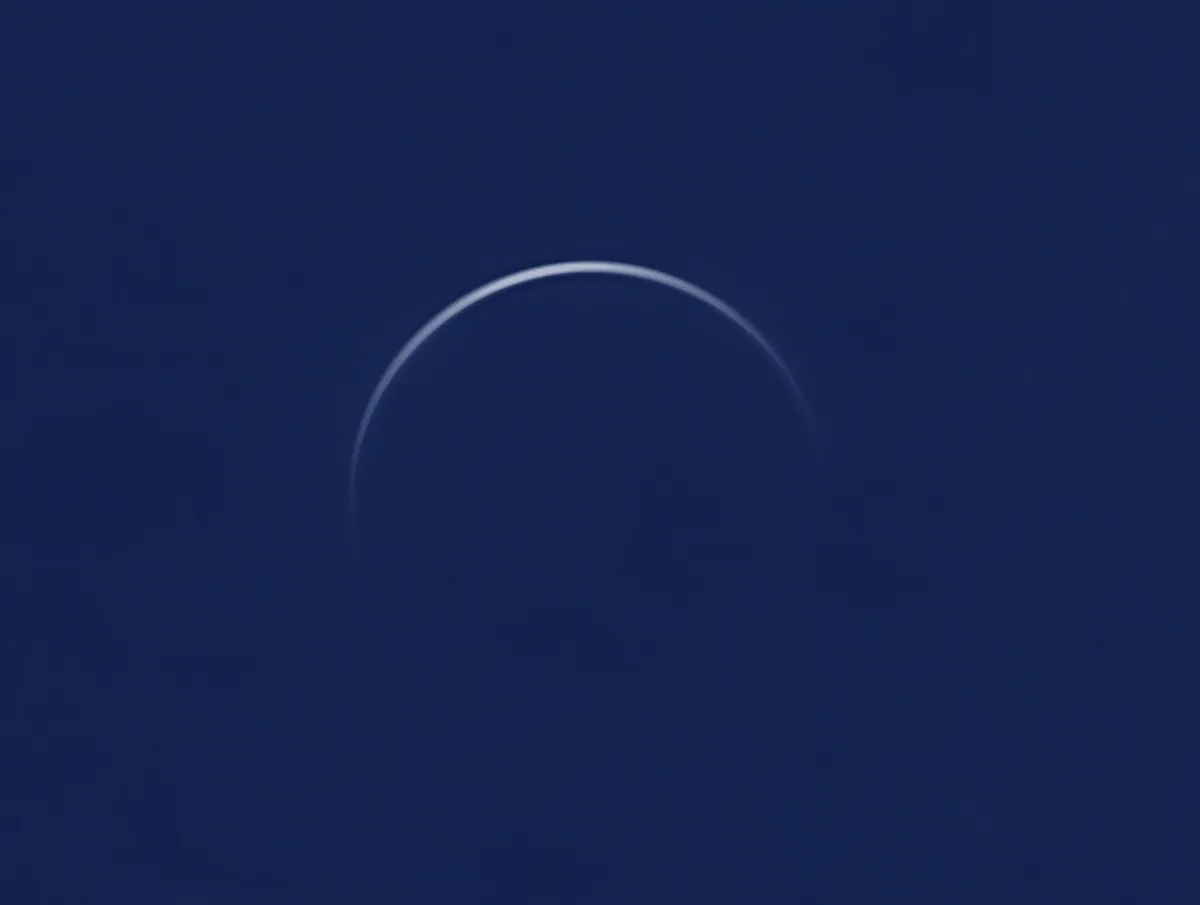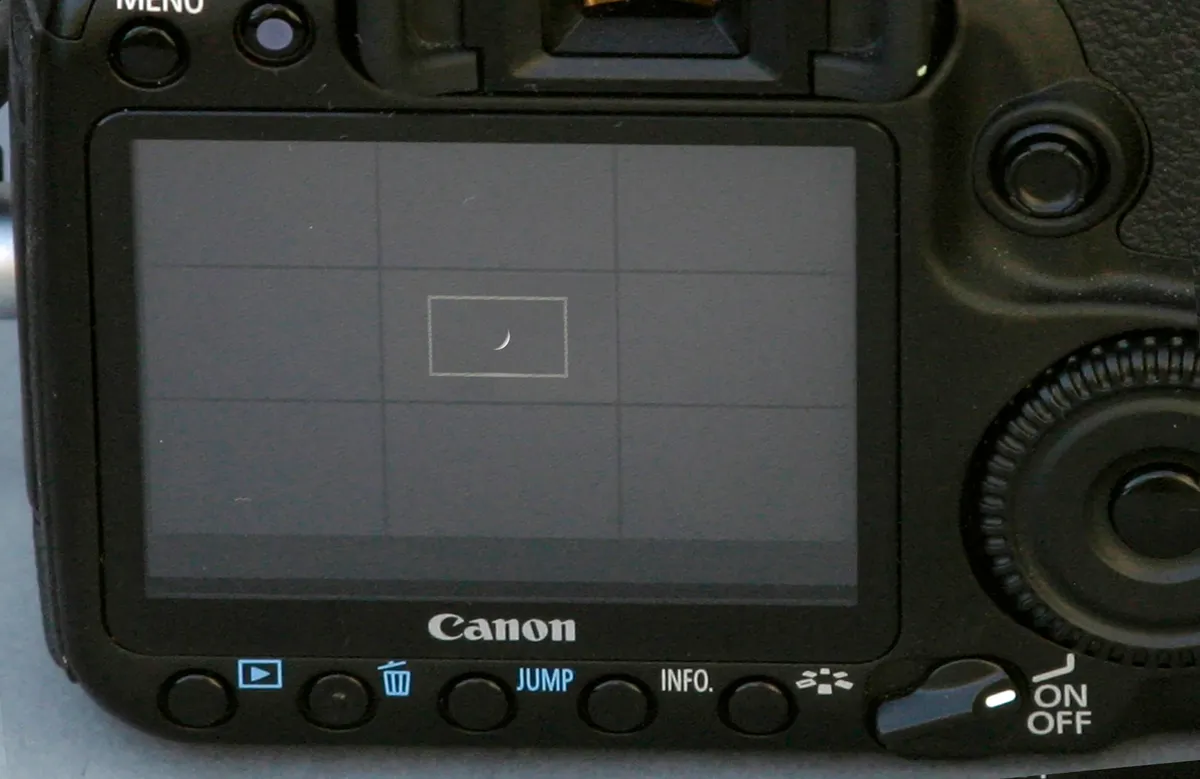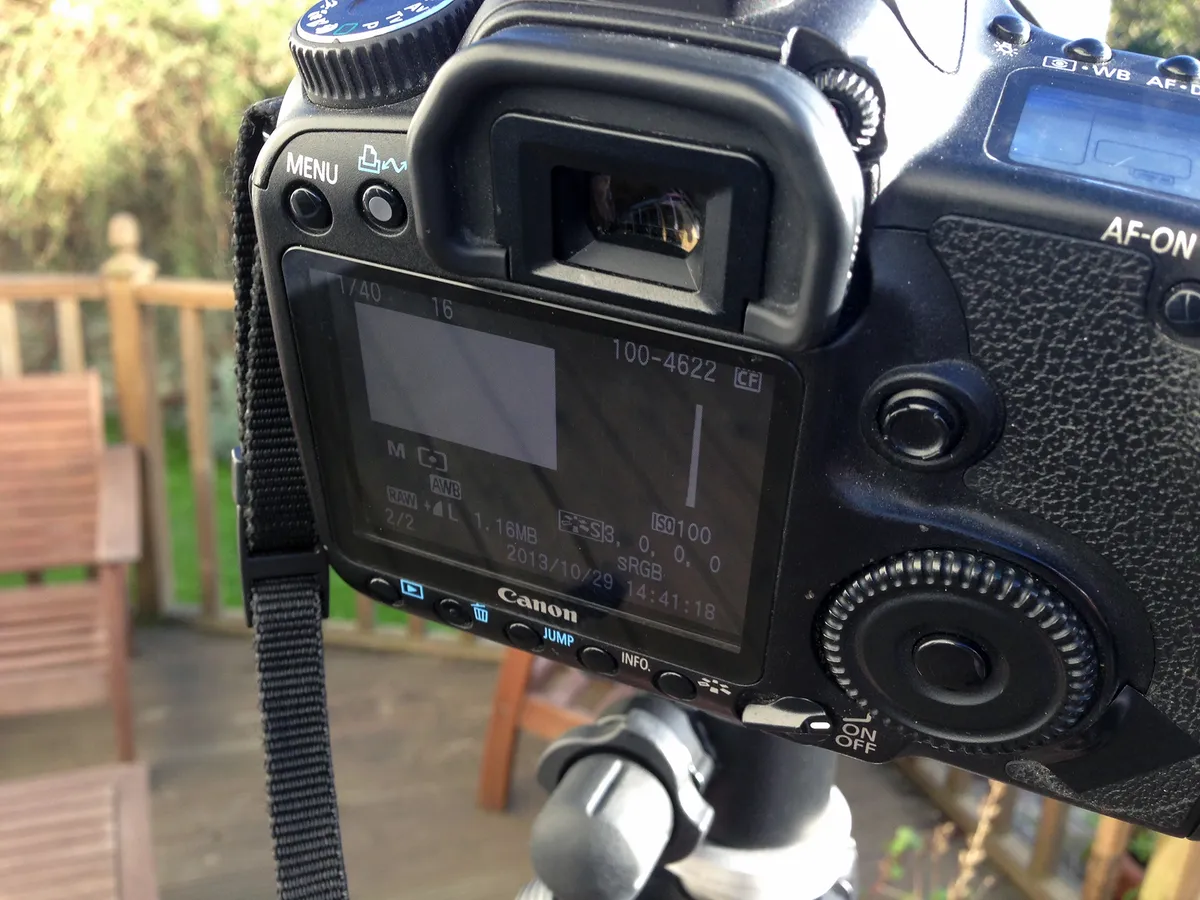A lunar occultation of Venus will occur on 19 June 2020. The 'occultation' refers to the fact that, from our perspective, Venus will seem to disappear behind the Moon, and then re-emerge, making for a beautiful sight if you can manage to spot or even photograph it.
The best time to see the lunar occultation of Venus will be on19 June from 08:20 BST (07:20 UT) until 10:00 BST (09:00 UT), so there's plenty of time to get set up and ready for the event (weather permitting).
Venus has been a beautiful 'evening star' throughout 2020 so far, but has now transitioned to become a morning planet, and this occultation is a great way of observing it.
For more on the transition, read our guide on why Venus has disappeared from our evening sky.
Approaching the lunar occultation
On 9 June the planet shows a 1% phase, a delicate and truly awesome sight if you can locate it. By 16 June the phase will have grown to 5%.All the while the planet’s apparent size will be large: 56 arcseconds on 9 June and 53 arcseconds on 16 June.
On 19 June, when Venus appears 7% illuminated and 51 arcseconds across, its crescent will be occulted by a 3%-lit waning crescent Moon during daylight hours.
In order to see this properly, we recommend locating the Moon or Venus during the darker portion of the dawn twilight.
Once found, using an equatorially mounted scope it should be possible to keep track of the pair past sunrise and through to the occultation.
The occultation starts from 08:37 BST (07:37 UT) as seen from the centre of the UK. However, as time will vary slightly with location, we recommend looking from 08:20 BST (07:20 UT).
As this occultation involves the waning lunar crescent, it’s the illuminated Moon edge that encounters the planet first. Venus reappears from behind the Moon’s dark edge approximately 65 minutes later, a period that again will vary according to your observing location.

How to photograph the lunar occultation of Venus
The Moon’s angular diameter in our sky is about half a degree. Hold your little finger up at arm’s length and this is approximately 1° wide. You could hide two full Moons side by side behind it.
With a huge sky to wander around in, it’s not surprising that the tiny Moon rarely hides the planets. Actually, ‘huge sky’ is misleading because the Moon’s apparent movement is restricted to a 10°–wide corridor, centred on the ecliptic.
The ecliptic is a great circle that represents the plane of Earth’s orbit and the apparent path of the Sun against the stars over a year.
All of the main planets and the Moon have orbits aligned to the ecliptic. Each has a tilt that means it travels in its own narrow corridor around the ecliptic. The Moon’s orbit is tilted by a mean inclination of 5.15°, varying between 4.99–5.30°, hence the 10° corridor.
Even given this restricted movement, occultation encounters between the Moon and planets are infrequent enough to make them special, but on 19 June the Moon will pass in front of Venus in daylight.
The easiest way to locate the Moon and Venus on the morning of 19 June is to watch them rise above the east-northeast horizon before sunrise. They appear an hour before sunrise.
From the UK’s centre, both appear around 03:50 BST (02:50 UT) as twilight brightens.
Using an equatorially mounted scope, centre on Venus and stay with it as the sky brightens. Venus and the Moon should remain easy to see once you’re locked on.
As they rise, their separation will be 2.7°, which reduces rapidly. At sunrise, 04:50 BST (03:50 UT), Venus is around 2.2° from the Moon’s centre.

When they are due east, around 06:45 BST (05:45 UT), they will be 23° up and appear 1.2° apart. At 08:15 BST (07:15 UT) the distance from Venus to the Moon’s centre is equivalent to the Moon’s apparent diameter, about half a degree.
If your imaging setup allows you to capture the Moon in one go, you should be able to grab both objects in the same field of view.
At 08:30 BST (07:30 UT) Venus appears close to the southwest portion of the 3%-lit waning lunar crescent. Here is an amazing opportunity to photograph two crescents at the same time, Venus showing as a 7%-lit crescent 1/35th the apparent diameter of the Moon.
The Moon’s bright edge starts covering Venus at 08:38 BST (07:38 UT), taking two minutes to hide its disc. The time of the occultation varies slightly with location so it pays to ensure you watch or image several minutes before the stated time.
Reappearance from behind the Moon begins around 09:43 BST (08:43 UT).
Imaging this event is relatively straightforward given clear skies. Preparation is everything. If you’re successful, the final result will show two perfect crescents against a blue sky – a priceless image if done right.
- Recommended equipment: camera with a lens of focal length 600mm (APS-C) or 1,000mm (full frame).
Step-by-step
Step 1

Decide how to image the event. A wide-field setup allows you to grab the entire lunar crescent with a small Venus. A scope with a focal length around 1,000mm is ideal.
A lower focal length works too but the Venusian crescent may become lost, while a longer focal length shows the crescent but is trickier to work with.
Step 2

As described above, attempt to centre on Venus as early as conditions allow. A driven, correctly aligned equatorial mount is highly recommended to keep the planet in view without the need for manual adjustment.
Do checks to make sure Venus is in the field of view to avoid a last-minute panic if the drive stops working.
Step 3

Once Venus is in view, focus on it as accurately as you can. If you do this well before the occultation, make sure you re-check the focus as the heat of the day can cause it to drift out.
If you’re planning to use a high-frame-rate planetary camera consider using an infrared pass filter. This will darken a blue sky and improve contrast.
Step 4

If you plan to image using a DSLR, the bright scene means a low ISO can be used. This will improve tonal quality and keep noise down.
Stopping the lens aperture down will increase your depth of focus allowing you a degree of error on your focus setting. Higher f-numbers may reveal dust spots on your camera’s sensor though.
Step 5

A short exposure will work best. Take a test shot and examine the histogram. Ideally, the main data peak should lie between the two graph ends.
Venus appears bright and virtually white which makes getting an ideal histogram tricky. Just ensure the lunar crescent doesn’t over-expose to pure white.
Step 6

If you’re using a high-frame-rate planetary camera, ensure you’re set for a high frame rate and image the planet in short bursts of less than 4 seconds during the main occultation phase.
This will allow you to maintain a sharp planet during the registration-stacking processing as it gets covered by the edge of the Moon.
If you manage to spot or photograph the lunar occultation of Venus, let us know! Get in touch via contactus@skyatnightmagazine.com or by reaching out on Facebook, Twitter and Instagram.
Pete Lawrence is an experienced astronomer and astrophotographer and a co-host of The Sky at Night. This guide originally appeared in the June 2020 issue of BBC Sky at Night Magazine.
